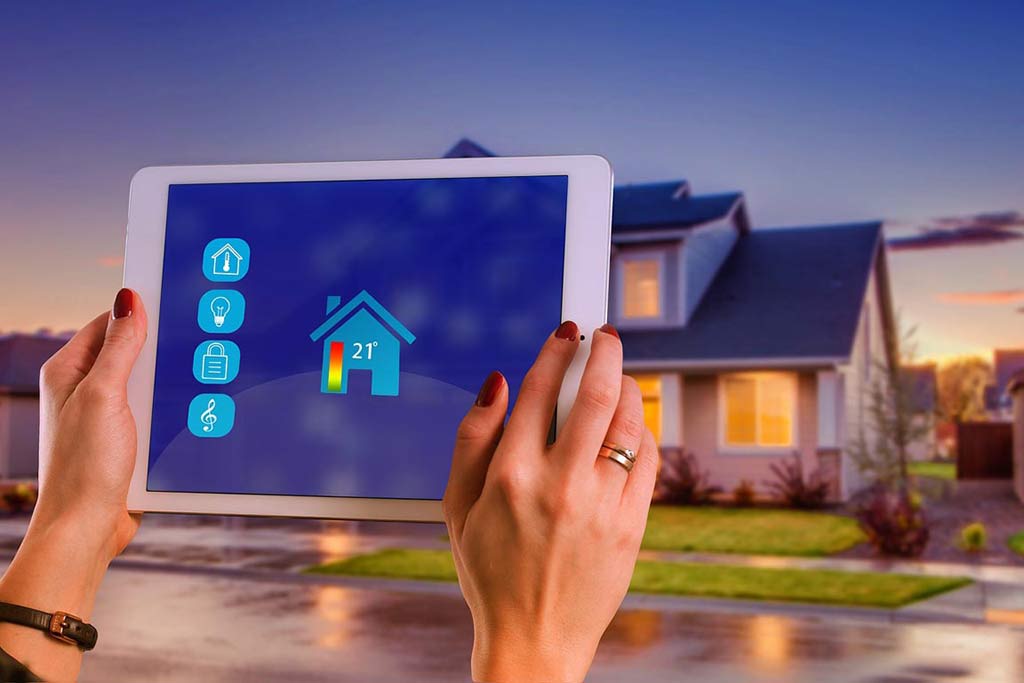Is automation the transformative force shaping the future of our living spaces?
In an era defined by technological leaps, Smart Homes have emerged as a paradigm shift in how we envision and experience domestic life. Picture a home where lights adjust intuitively, the thermostat understands your preferences, and security systems anticipate potential threats. The central query looming in the ever-evolving landscape of residential technology is whether automation is the linchpin for the future of our living spaces. This exploration delves into the multifaceted realm of Smart Homes, unraveling the intricate tapestry of possibilities and challenges that accompany the vision of a fully automated dwelling.
The Rise of Smart Homes
The genesis of Smart Homes lies in the relentless march of technology. From rudimentary programmable thermostats to the sophisticated ecosystems we have today, the evolution has been remarkable. The infiltration of Smart Homes into our daily lives prompts us to investigate the catalysts behind this ascent. How have these systems transcended novelty to become integral components of contemporary living, and what technologies underpin this transformative wave?
Smart Homes owe their functionality to a convergence of technologies. Internet of Things (IoT) devices form the nervous system, communicating seamlessly through interconnected networks. Artificial intelligence (AI) processes data to enable predictive and adaptive behaviors. These components collectively transform a once-static living space into a dynamic, responsive environment.
Automation: A Closer Look
At the heart of Smart Homes lies the concept of automation – the capacity of devices and systems to operate independently or be controlled remotely. But what does automation look like in practice? A closer examination reveals the intricate workings of smart sensors, each serving as a sensory organ that perceives changes in the environment. These sensors relay data to an AI brain, which processes information and orchestrates responses from various connected devices. The result? A home that learns, adapts, and caters to the unique needs and preferences of its inhabitants.
The crux of automation is the interconnectedness of devices. Imagine your morning routine triggering a sequence: the thermostat adjusts to your preferred temperature, the coffee maker starts brewing, and soft music emanates from speakers – all without manual intervention. This level of seamless coordination characterizes the transformative power of automation in Smart Homes.
The Benefits and Challenges of Smart Living
The allure of Smart Homes extends beyond the novelty of gadgets; it promises tangible benefits. Increased energy efficiency, enhanced security through smart surveillance, and the convenience of remote monitoring are among the touted advantages. However, as with any technological leap, challenges accompany these benefits. Privacy concerns, potential security vulnerabilities, and the learning curve associated with managing a fully automated home raise questions about the trade-offs involved in embracing smart living.
Exploring the benefits, we find that Smart Homes can contribute significantly to energy conservation. Automated systems optimize energy usage by adjusting lighting, heating, and cooling based on occupancy and preferences. Enhanced security features, such as smart locks and surveillance cameras, provide peace of mind. Yet, the interconnected nature of Smart Homes raises concerns about data privacy and the potential for unauthorized access to sensitive information.
The Future Landscape of Home Living
As we stand at the intersection of the present and the future, the trajectory of Smart Homes is poised to redefine how we inhabit our living spaces. The integration of AI is anticipated to reach new heights, enabling homes to not just respond but to anticipate and proactively meet our needs. The trajectory of smart appliances, from refrigerators to kitchen appliances, is evolving toward greater autonomy. Sustainability is emerging as a focal point, with Smart Homes poised to contribute to energy-efficient and eco-friendly living.
The future of Smart Homes is dynamic, driven by ongoing innovations. Artificial intelligence, with its capacity for machine learning and predictive analytics, is expected to take center stage. Imagine a home that learns your habits, predicts your needs, and adjusts its environment accordingly. The evolution of smart appliances is pushing the boundaries of automation further. From refrigerators that track food freshness to smart ovens that suggest recipes based on available ingredients, the vision of a fully automated kitchen is on the horizon.
Smart Homes stand as a testament to the symbiosis between technology and our domestic spaces. Is automation the future? The resounding affirmative echoes through the interconnected devices, the adaptive intelligence, and the myriad possibilities that Smart Homes present. Yet, the journey towards a fully automated future necessitates a delicate balance.
Automation, while promising unprecedented convenience, demands thoughtful consideration of its implications. As we navigate the complexities of Smart Homes, let us embrace the transformative potential they offer. The fusion of technology and daily life is reshaping the landscape of home living. Automation, with its myriad advantages and challenges, is undeniably a force propelling us toward a future where homes are not just shelters but intelligent, responsive partners in our journey through life. Welcome to the era of Smart Homes – where the future is now, and each automated innovation paves the way for a new dimension of living.




